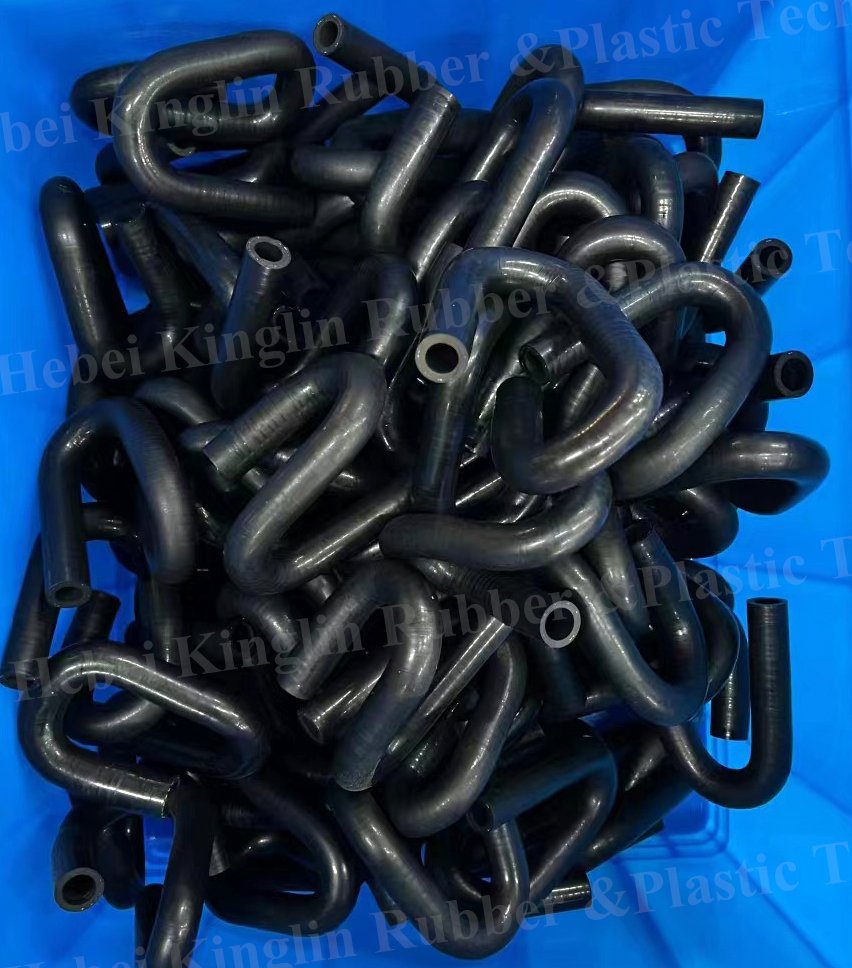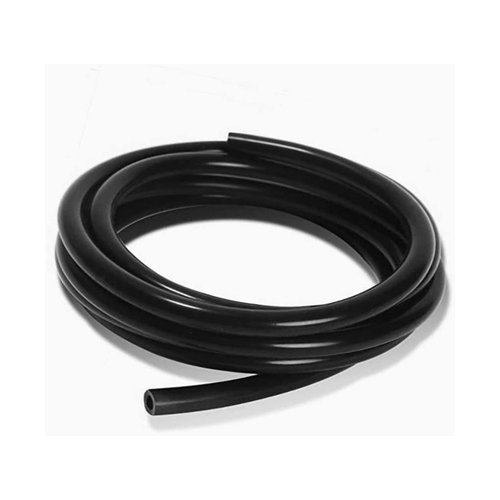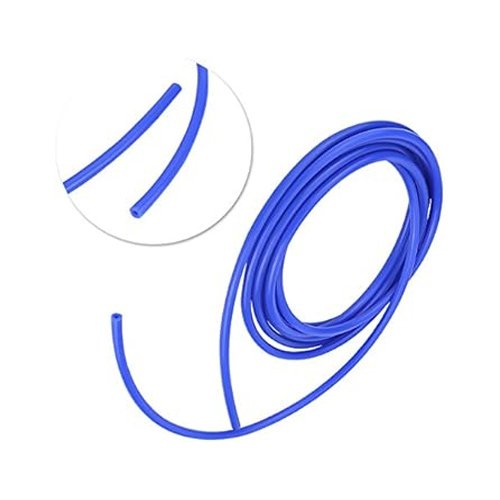Rubber hoses, a seemingly simple yet highly versatile invention, have become an indispensable part of countless industries and applications worldwide. These flexible conduits made from synthetic or natural rubber compounds are designed to transport various media such as water, air, chemicals, oil, and fuel with remarkable efficiency and durability. With their unique combination of elasticity, resilience, and resistance to environmental factors, rubber hoses play a pivotal role in facilitating the smooth operation of numerous industrial processes and everyday tasks.
The Evolution of Rubber Hose Technology
The history of rubber hose dates back to the early 19th century when Charles Goodyear discovered the vulcanization process, transforming rubber into a more durable material that could withstand extreme temperatures and pressures. This breakthrough led to the development of the first practical rubber hoses for firefighting, irrigation, and other applications. Over time, advancements in polymer science and manufacturing techniques have resulted in a diverse array of rubber hose types, each tailored to specific uses and performance requirements.
Types and Applications of Rubber Hoses
1.Industrial Hoses: In factories and workshops, rubber hoses serve critical functions, from conveying compressed air in pneumatic systems to transferring hot water or steam for cleaning or heating purposes. They can also carry abrasive materials like sand, gravel, or cement slurries in mining and construction operations.
2. Automotive Hoses: Vehicles rely on rubber hoses for several essential functions, including coolant lines, fuel lines, and brake hoses. These hoses need to be resistant to heat, pressure fluctuations, and exposure to automotive fluids while maintaining flexibility over time.
3. Chemical Hoses: Specialized rubber hoses are engineered to handle a broad range of chemical substances, whether they’re acidic, alkaline, or flammable. Their inner lining is typically made from a chemically-resistant material to prevent corrosion and leakage.
4. Food Grade Hoses: Designed for use in food processing and beverage production, these hoses comply with stringent hygienic standards and are often made from FDA-approved materials that won’t contaminate or affect the taste or quality of the products being transported.
5. Agricultural Hoses: Farmers use rubber hoses for crop irrigation, animal watering, and spraying pesticides or fertilizers. These hoses must endure outdoor conditions, resist UV radiation, and cope with frequent bending and kinking without damage.
6. Marine and Offshore Hoses: In marine environments, rubber hoses are used for bilge pumping, deck washdowns, and fuel transfer. They are designed to withstand saltwater corrosion and harsh weather conditions.
7. Firefighting Hoses: One of the most iconic uses of rubber hoses, these high-pressure hoses are vital tools for firefighters. They are built to convey vast amounts of water at high velocity while remaining flexible and resilient under intense conditions.
Advantages of Rubber Hoses
– Flexibility: Rubber hoses can bend and flex without breaking, making them ideal for navigating around obstacles and through tight spaces.
– Durability: The inherent strength and abrasion resistance of rubber allow hoses to withstand repeated use, heavy loads, and rough handling.
– Chemical Resistance: Depending on the type of rubber compound used, hoses can be formulated to resist a wide array of chemicals, acids, and alkalis.
– Temperature Tolerance: Many rubber hoses can function effectively in both freezing and scorching temperatures.
– Easy Maintenance: Rubber hoses are generally easy to clean, inspect, repair, or replace when needed.
Rubber hoses represent a cornerstone technology that has evolved alongside industry needs. Their adaptability and robustness make them invaluable across sectors, enabling efficient fluid and material transportation under varying conditions. As material sciences continue to advance, we can expect even more specialized and improved rubber hose designs to emerge, further solidifying their position as a ubiquitous component in modern industries.




